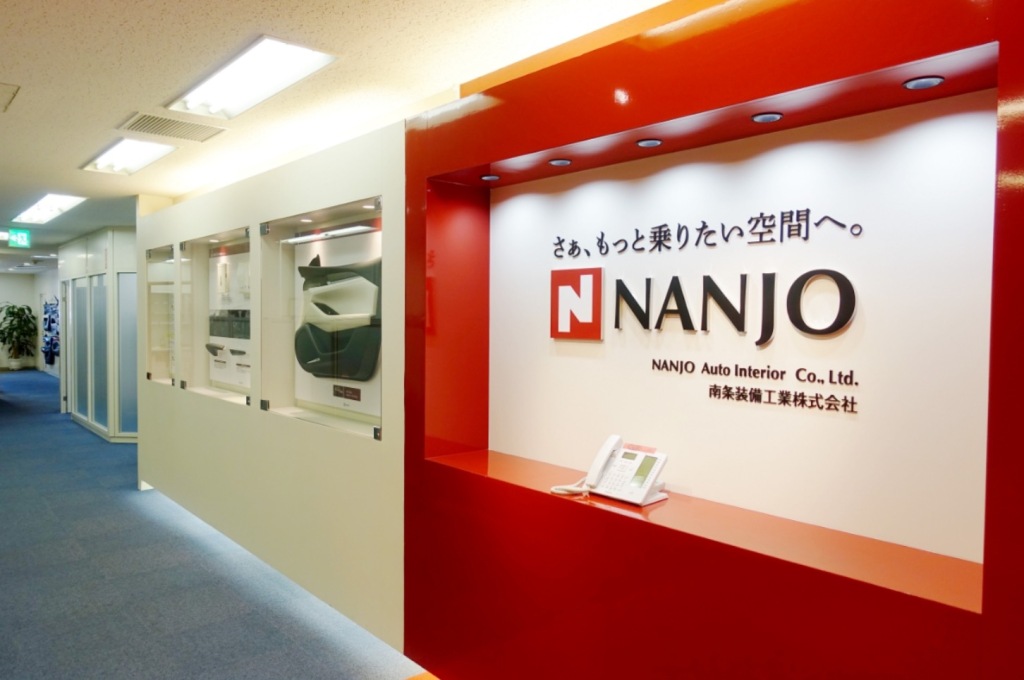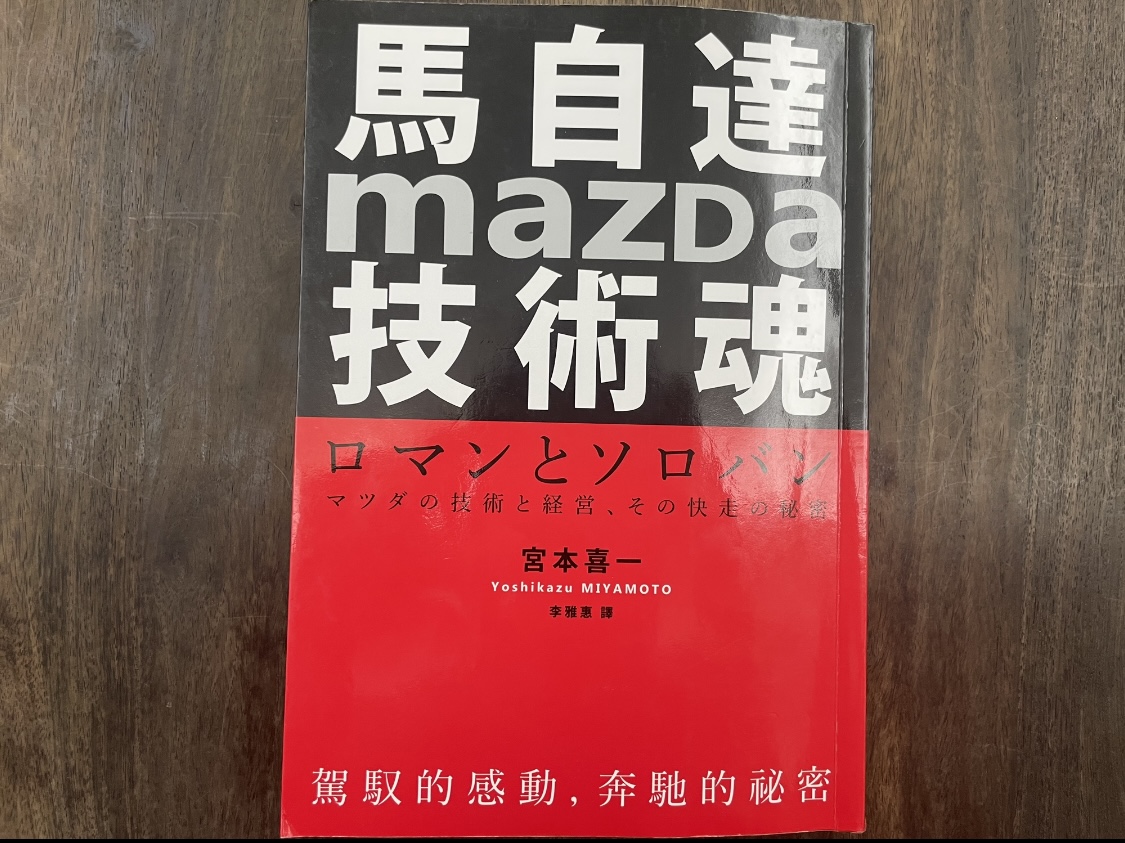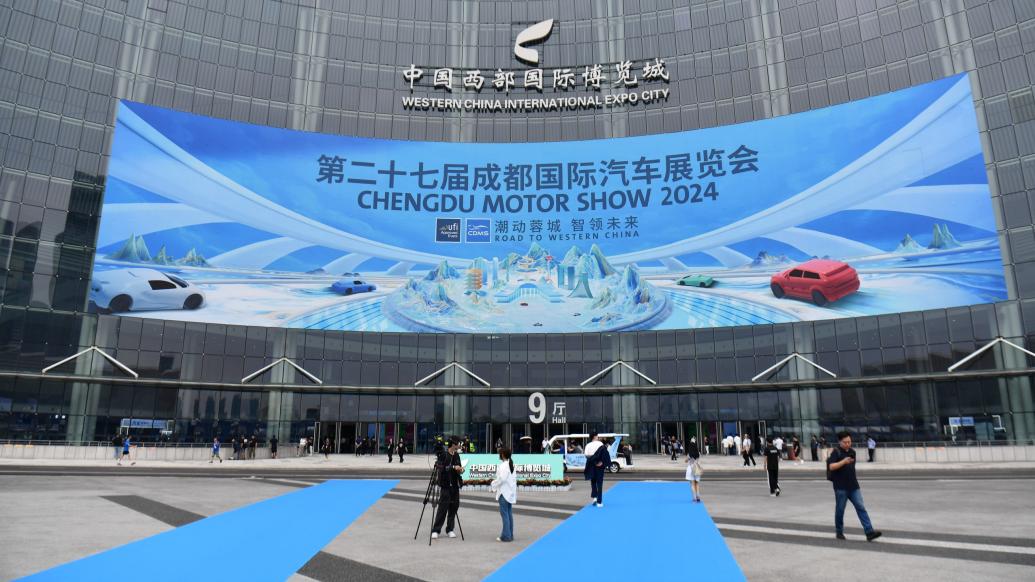
When Mazda sneezes, everyone catches a cold — that’s a popular saying in Hiroshima, Japan. But now, auto parts maker Yuji Yamaguchi is worried about a bitter cold snap.
"If Mazda cuts production, our orders will decrease," said Yuji Yamaguchi in an interview with the media. His Nanjo Auto Interior company has a 110-year history and nearly 1,000 employees specializing in producing door panels and other parts for Mazda. More than 90% of the company's sales rely on the auto giant. He said: "The key is whether we can maintain profitability when production decreases."

Nanjo Auto Interior
Mazda, the engine of Hiroshima's economy, now faces a 25 percent U.S. auto tariff as voters in the manufacturing powerhouse, 800 kilometers southwest of Tokyo, grapple with weak inflation and a sluggish economy.
Prime Minister Shigeru Ishiba's position as a politician may be weakened on the eve of Sunday's upper house election after he failed to secure tariff exemptions from the United States, his most important ally and trading partner. "I have no hope for the Japanese government anymore," said Yuji Yamaguchi, the great-grandson of Mazda founder Jujiro Matsuda. "I am no longer frustrated, and I can only accept reality."
As automaking regions like Hiroshima brace for tariffs, Yamaguchi has little faith that the government can reverse course. The Trump administration has shown no signs of backing down and has even hinted it could impose additional tariffs on Japan.
Data shows that Mazda's sales in the US plummeted 18.6% year-on-year in May and continued to decline 6.5% in June, making it one of the Japanese automakers hit hardest by US tariffs. Although imported cars account for the majority of Mazda's sales in the US, the automotive industry is an irreplaceable pillar of the Japanese economy: after Japan lost its global leadership in chips and consumer electronics, the automotive industry has accounted for 28% of its total exports to the US of US$145 billion.
According to a July survey by Teikoku Databank, Japan's automotive supply chain covers more than 68,000 companies. The Japan Automobile Manufacturers Association pointed out that the industry employs 5.6 million people, accounting for about 8% of the country's workforce. "Once the supply chain is broken, it is difficult to rebuild," emphasized Hideki Tsuchikawa, head of research at Teikoku Databank's Hiroshima branch. The agency estimates that Hiroshima is home to more than 2,000 automotive suppliers. "Automobiles are a core industry of the country, and government support is crucial."
Julie Boot, an auto analyst at Pelham Smithers Associates in London, warned that tariffs could cause smaller Japanese automakers such as Mazda to lose market share in the U.S. to larger rivals. Mazda has not yet released a full-year earnings forecast, citing "huge uncertainty caused by tariffs."
According to foreign media reports, Mazda said that its top priority is to protect suppliers, dealers and employees, and it is taking all feasible measures to deal with major short-term shocks, including seeking countermeasures from the government. To offset the 100 billion yen cost, Mazda has implemented overtime cuts and travel reviews. The company said that key travel is still continuing, but it is evaluating the necessity of accompanying personnel. At the same time, a special working group has been set up to monitor tariff trends and work with suppliers and dealers to solve the labor shortage problem in the US market.
Koji Sasaki, a 54-year-old bar owner in Fuchu, Hiroshima, has felt the chill in the industry firsthand: "Without overtime pay, there are fewer customers." He said that the number of Mazda employees as customers has decreased significantly in recent months, and regular customers have frequently apologized for not patronizing more. One night in July, Toshiyuki Shimizu, a 45-year-old senior Mazda employee, revealed in a bar that the company has cut overtime and travel budgets.
"I used to take new employees with me on business trips, but now I basically go alone," said Akira Ichigi, a 32-year-old Mazda employee. This restriction makes new employees miss out on valuable practice opportunities. An anonymous insider revealed that although Mazda has set up a tariff strategy group in Hiroshima that meets weekly, it is limited in its response measures due to the labor shortage in its joint venture factories in the United States, which has made it difficult to expand production.

The Mazda Motor Corporation logo at the Tokyo Auto Salon.
Faced with tariff pressure, Yuji Yamaguchi has not yet considered specific countermeasures. "Suppliers need to have a long-term vision," he said, comparing the current predicament to the COVID-19 pandemic - after the company suffered losses in 2020, it turned a profit the following year by improving efficiency (rather than cutting costs).
In the Chinese market, this small but beautiful automobile company has not performed well. Public data shows that Changan Mazda's sales in the first five months of this year were about 37,000 vehicles, a year-on-year decline of 14.69%. The performance of three important products in the second half of the year, the new generation CX-5 and the new energy models EZ-60 and EZ-6 sports version, is the key to whether the company can maintain its market competitiveness.
However, not all Japanese automakers are shrouded in the shadow of tariffs. In the first half of 2025, Toyota's (including Lexus) sales in China totaled 838,000 vehicles. Among them, Lexus brand sales reached 85,000 vehicles, making it the only luxury brand to have achieved positive growth so far this year.


